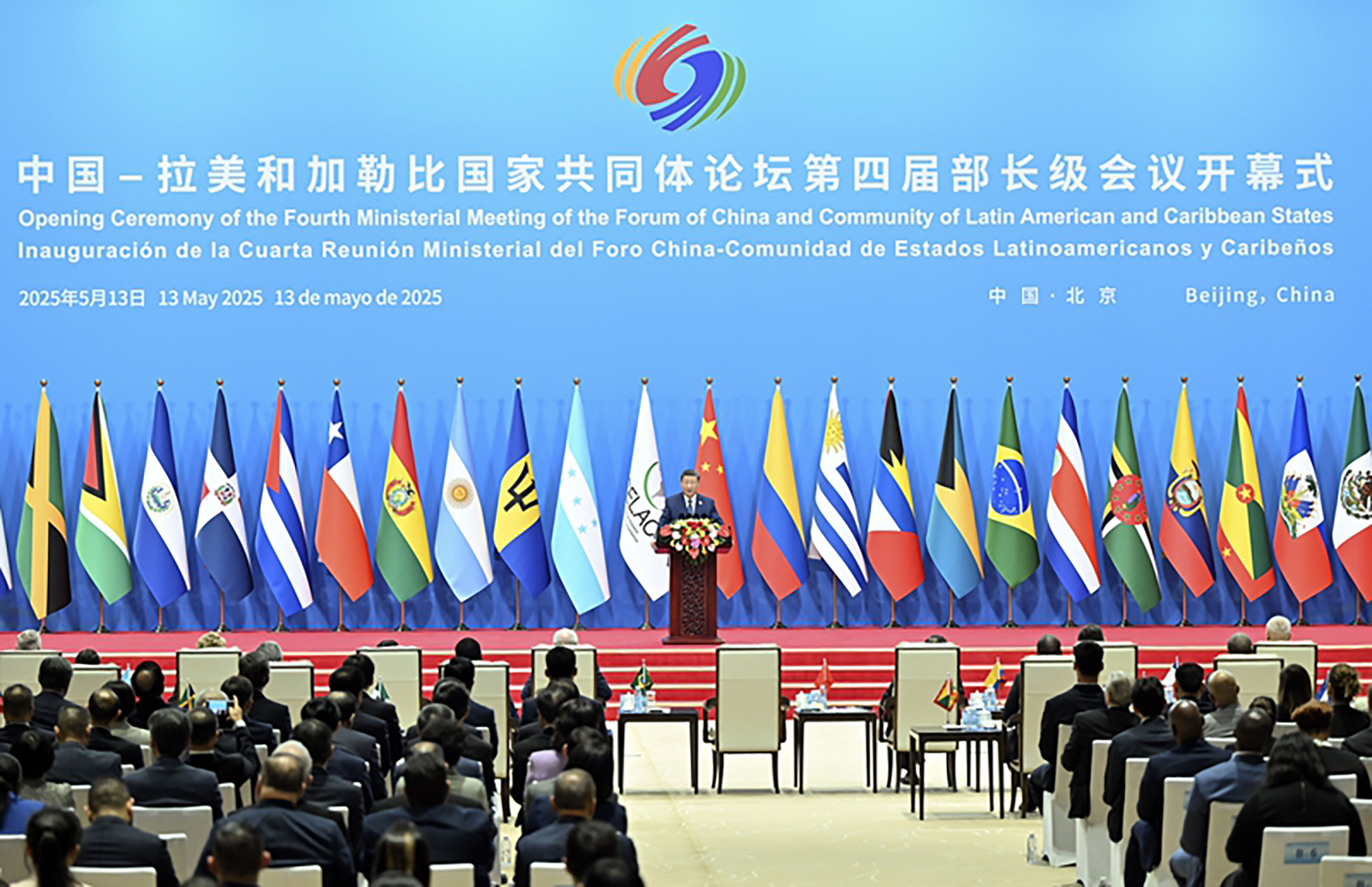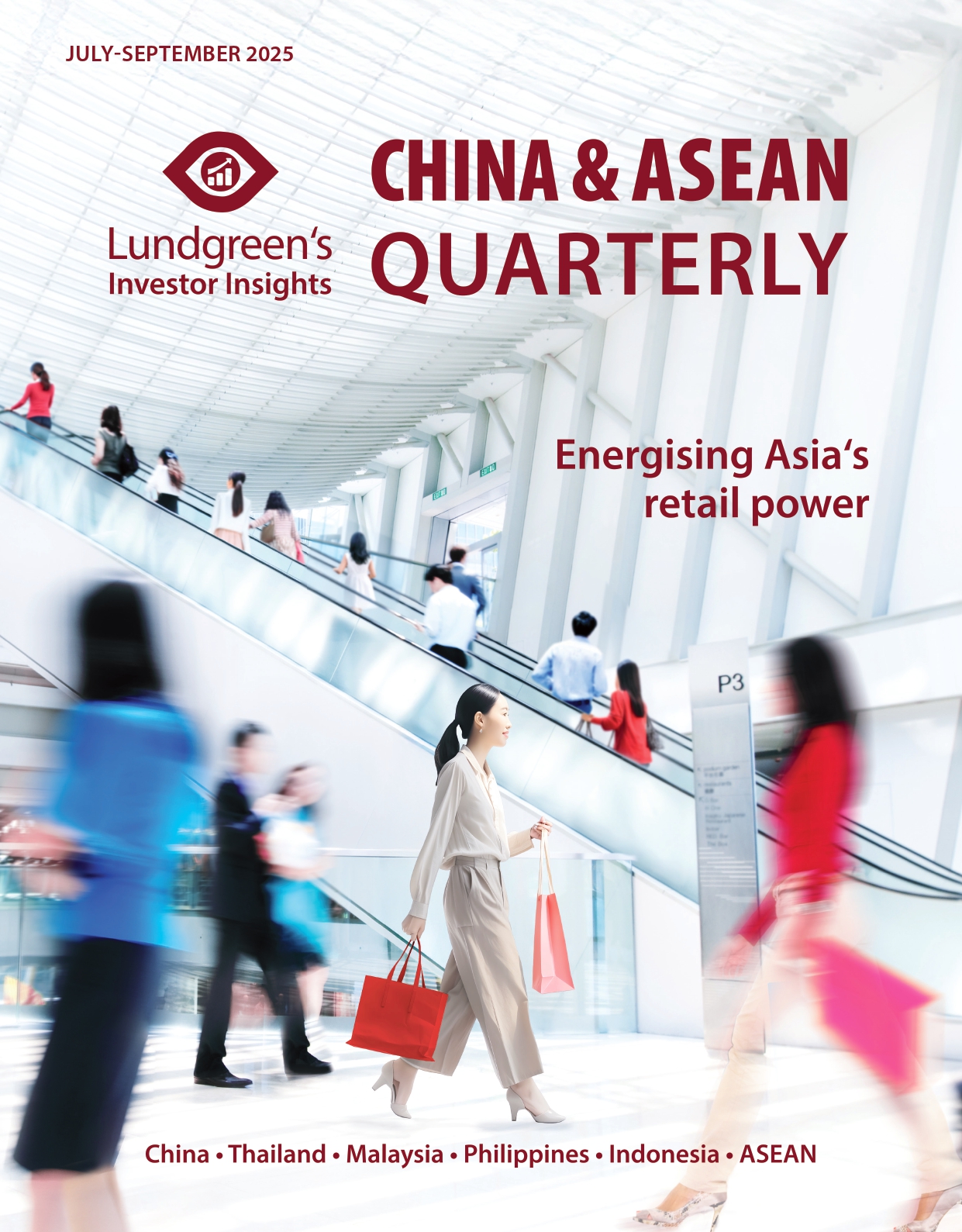China changes gears to Latin America
China is working quickly on opening wider trade routes with Latin America, a tactical move to broaden its export markets in the face of highly volatile trade with the US.
China has been quick on its feet in finding new ports to accept its goods as they are – no hefty duties attached.
The first half of 2025 saw Chinese manufacturers substantially scale down their shipments to North America, largely a reaction to the 145 per cent tariffs which President Donald Trump wanted to impose on China-made goods entering the US market. A truce has been reached in two successive negotiations in May and June, culminating in a placeholder tariff of 30 per cent on China-made goods entering the US – better than Trump’s threat, but still worse than where the duties stood in 2024.
Quick pivot
Data from China’s Customs bureau showed just how quickly Chinese producers reallocated their shipments away from the US in reaction to the mega tariffs. The US is China’s biggest single-country market for goods, with monthly export volumes nearly matching shipments sent to the entire 27-member EU. As Graph 1 shows, the share of US-bound goods dropped to just 10 per cent in April – just as Trump’s “Liberation Day” tariffs took effect – compared to a 15 per cent share of total merchandise exports in December 2024. Total exports to the US likewise dropped by 12.6 per cent between January-July 2025 compared to the same year-ago period, according to Chinese government data.

Goods that were not sent to the US instead found their way to other regions. For example, exports sent to ASEAN member-states rose to a high of 19 per cent relative to total shipments from 16 per cent in January-February. Meanwhile, the EU saw its share climb to 16 per cent, higher than the 14 per cent recorded in December.
Chinese firms more than made up for the pullback in US shipments so far this year, with goods exports up 5.9 per cent in the first half despite the tariff hiccups. Alternative destinations were quick to accept Chinese goods in the past seven months: exports to Thailand surged by 23 per cent and to Vietnam by 21 per cent, while Germany-bound shipments rose by 11 per cent year-on-year.
Sights on South America
In May, President Xi Jinping hosted heads of state and business executives for the China-CELAC (Community of Latin American and Caribbean States) Forum in Beijing in a gesture of greater trade openness towards the region, which serves as a sizeable alternative market to avert sky-high US tariffs. This builds on close economic ties under the China-led Belt and Road Initiative.
Unlike China’s response to Trump when he first escalated the trade war in 2018, the country was nimbler this time around with how it handled additional punitive duties on its cheap goods. This was President Xi’s tactical approach as he welcomed Brazil’s President Luiz Inácio Lula da Silva, Colombian President Gustavo Petro, and Chilean President Gabriel Boric in China as a subtle show of force against Washington. The pivot is apparent that in just a matter of months, Beijing exported more goods to Latin America, particularly Brazil, with the region now accounting for 8 per cent of outbound Chinese goods as of June from a 7 per cent share in end-2024.
It is a good strategy as far as China is concerned: the country’s total trade with Latin America amounted to USD 303.5 billion as of end-July, closing in on the USD 337.2 billion net trade with the US. Compare that to 2024 when China’s total trade with Latin America was only worth 75 per cent of the value of goods traded with the US.
Beijing has since secured a compromise to reduce tariffs on its US-bound exports to a much lower rate parallel to its pivot for warmer ties with Latin America, although this remains uncertain as the two countries are still under a negotiation phase as of mid-September. This is a double win for Chinese exporters, as they are able to restore trade lines with the US and find a substitute market that they can further explore.
Graph 2 captures some signs of recovery among Chinese manufacturers in recent months, although a general softness has prevailed given weak domestic demand.

Manufacturers have been struggling to maintain a Purchasing Managers’ Index reading of above 50 over the past two years, which would suggest a broad expansion in terms of production and operations, as the Chinese economy still reels from a collapsed property market since 2022. Just as factories were picking up steam in late 2024 amid an uptick in household spending, the trade war waged by the US put manufacturers on edge again. In particular, the index for new export orders slumped to 44.7 in April, the lowest reading since December 2022, as Trump unleashed the double-the-price duty for Chinese goods. What followed was two straight months of a recovery in new orders for May-June, although still some ways away from the neutral level of 50.
Despite a slight dip tallied in July, we view the modest upward trajectory in new export orders as an encouraging sign concerning the Chinese economy. The impact of the intensified tariff war on China is negative in the short run, but the government’s strategy of diversification and parallel negotiation bodes well for domestic manufacturers in their quest for growth. Further, government support by way of subsidies for both producers and households will go a long way in supporting economic recovery, and this will boost the productivity – and for many, profitability – of Chinese corporates. We continue to be optimistic about growth prospects in China and keep our overweight risk rating towards Chinese assets with the belief that the economy, albeit still in recovery mode, remains strong enough to support domestic firms.







